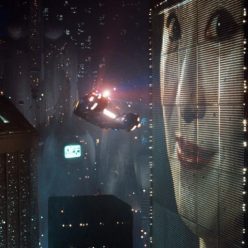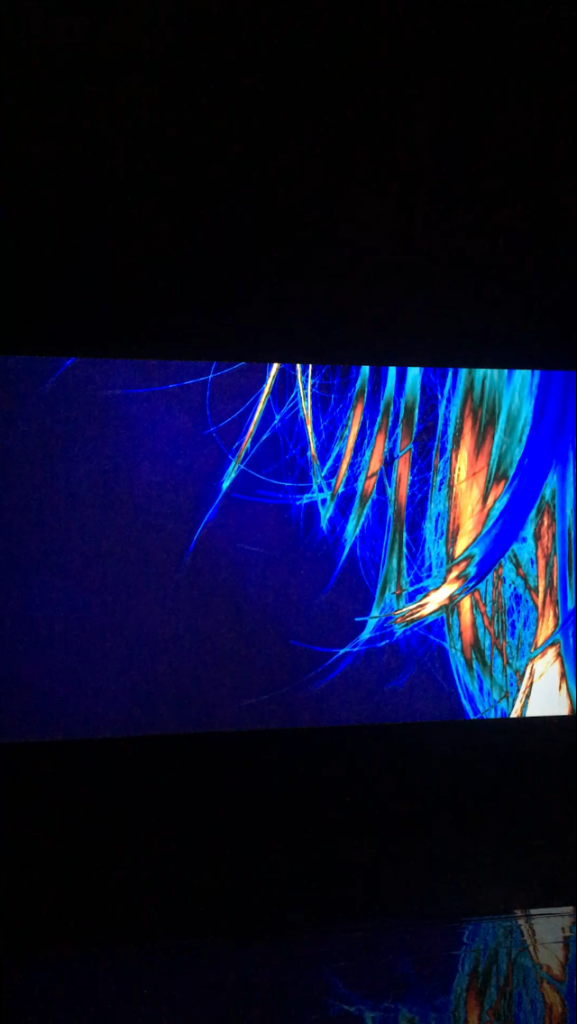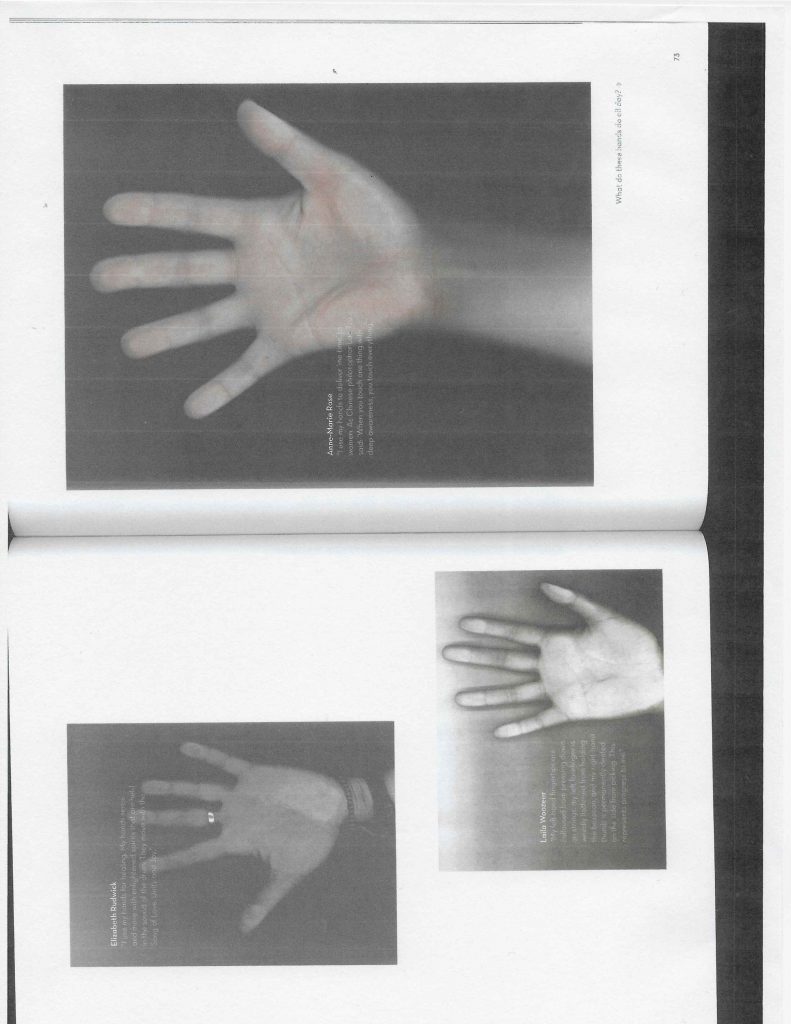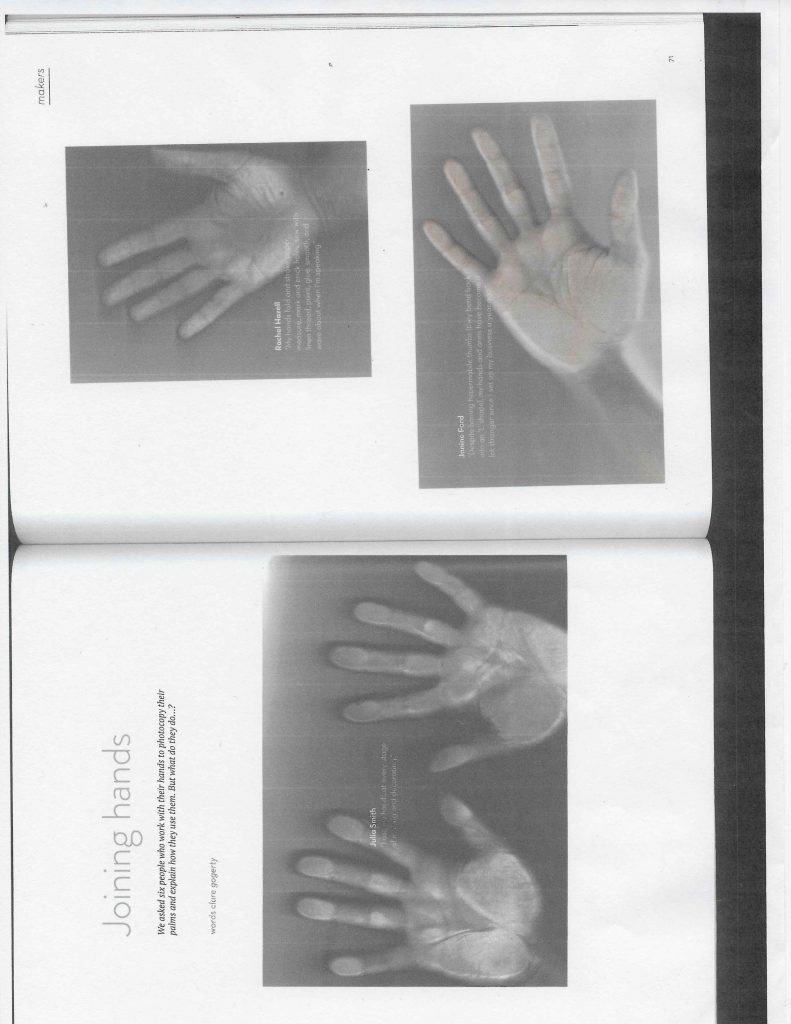Further to my blog post about the ‘joining hands’ article, I always had the idea of using hands as a metaphor in the back of my head throughout the various versions of my project. Another interesting installation, this time at the MOMA, NY, made me think about these ideas again.
Reanimation, a film installation by Joan Jonas, shows someone spreading ink about on a table, only showing their hands as the shot is very close up. I think hands also portray a sense of anonymity, making the viewer more able to put themselves in the subjects position; this would be ideal for my film which has personal stories of people at its centre and empathy is important in the response I’m after.
Being at the MOMA consolidated that I also wanted my final film to be situated in a gallery, potentially in a separate, dark room or just headphones to be available.
BIBLIOGRAPHY
JONAS, J. (2013) Reanimation [Installation]. MOMA, New York. 13th November 2017.







